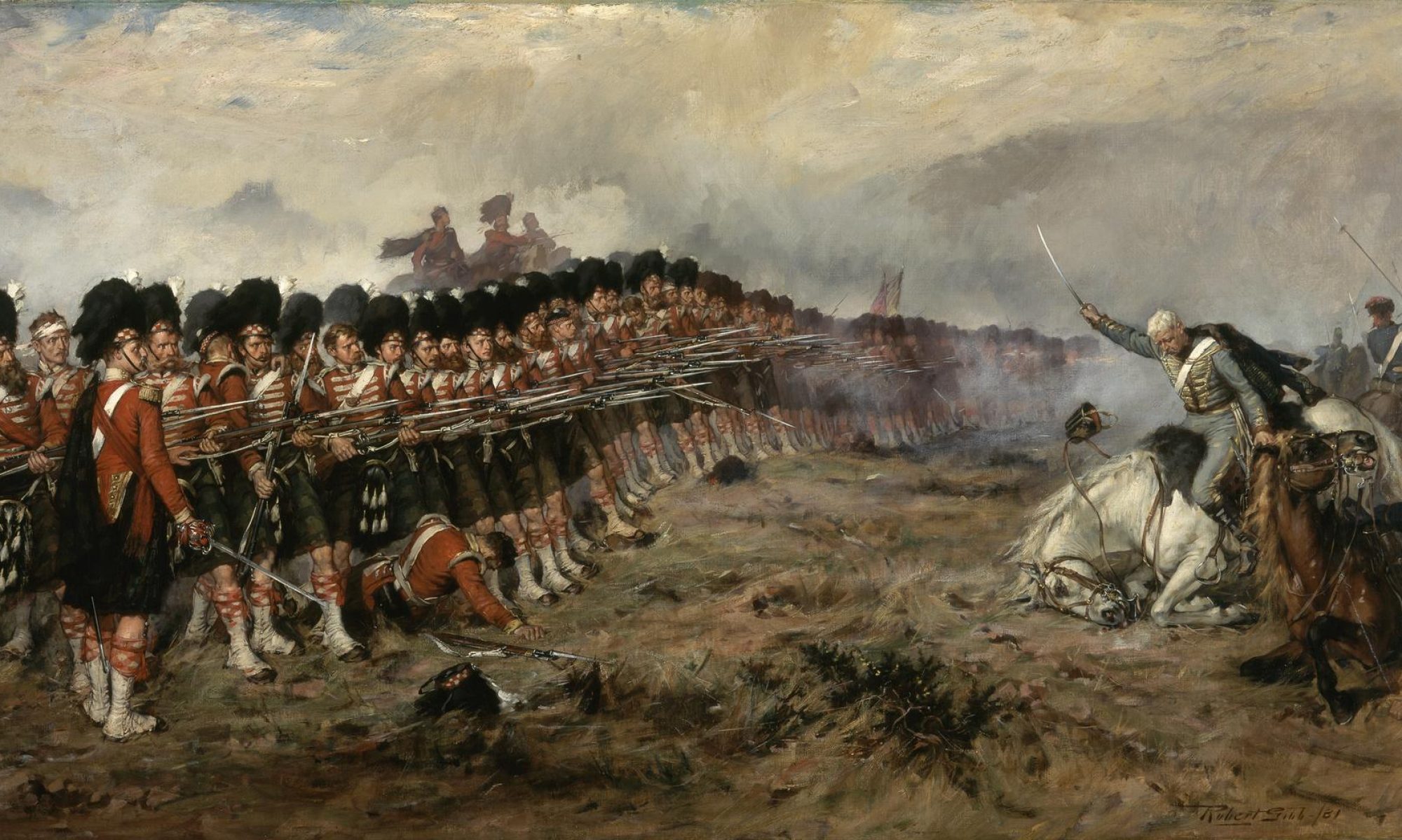
- Author: René Chartrand
- Illustrator: Peter Dennis, Mark Stacey
- Short code: RAID 46
- Publication Date: 20 Sep 2014
- Number of Pages: 80
- https://ospreypublishing.com/montcalm-s-crushing-blow-french-and-indian-raids-along-new-york-s-oswego-river-1756
British plans to break New France in 1755 by seizing the Ohio, securing Lake George and capturing Cape Breton Island ended unevenly.
The total defeat of General Braddock’s Ohio column was offset by the success of militia forces on the eastern seaboard in Acadia, while a stalemate along the Hudson valley balanced the scale.
To French minds delay meant defeat for the Anglo-Americans and so they could take heart from the start of the war. Their job was now to hang on to Canada until French forces in Europe could defeat the allied coalition.
Believing that attack was the best defence French planners in Canada began preparing strikes against the British frontier.
René Chartrand shines a spotlight on a neglected precourser to Montcalm’s capture of Fort William Henry in 1757, which allowed French forces to shift towards Crown Point and Ticonderoga.
The basis of which, for a moment, seemed to look set to create the platform upon which the French could climb to victory.
The target was Oswego, a strong but isolated British fort on Lake Ontario and a ripe target for the sort of large scale raid the French excelled at, only this time the French field commander, the Marquis de Montcalm, would do it on a much larger scale.
As the war became official an early influx of money and troops had come in from France, enhancing the military capacity of Canada. This allowed the French to bolster their defences and as a result, mount large scale operations into enemy territory.
In 1756 Montcalm took 3,000 men and artillery down the St Lawrence and across Lake Ontario to begin the process of pushing back the British Frontier.
Chartrand uses this campaign as an example of the largest and most dramatic instance of the Franco/Indian/Canadian raiding system.
A synthesis at its most extreme of the wilderness petit guerre mixed with European conventional scientific warfare.
Within the confines of this book, which is a Raid title and so is constrained by space and theme the campaign and the clash of personality between Governor Vaudreuill and the Marquis de Montcalm is explained, as is the situation after the fall of Oswego.
Despite an initially gallant defence by the British, this proved an entirely successful operation and a convincing victory was gained.
This book with typical concise but remarkably detailed analysis widens the appreciation of how French strategy took a sudden and more offensive turn, trying to create a buffer zone within enemy territory that could be defended until victory was gained in Europe and delayed the final British Invasion of Canada by two years.
Josh.


You must be logged in to post a comment.